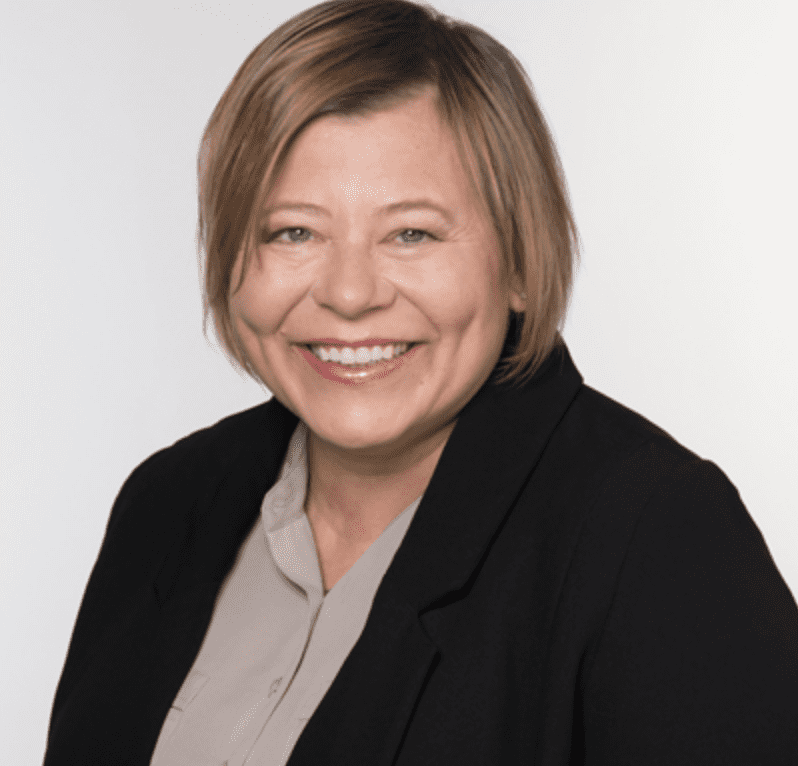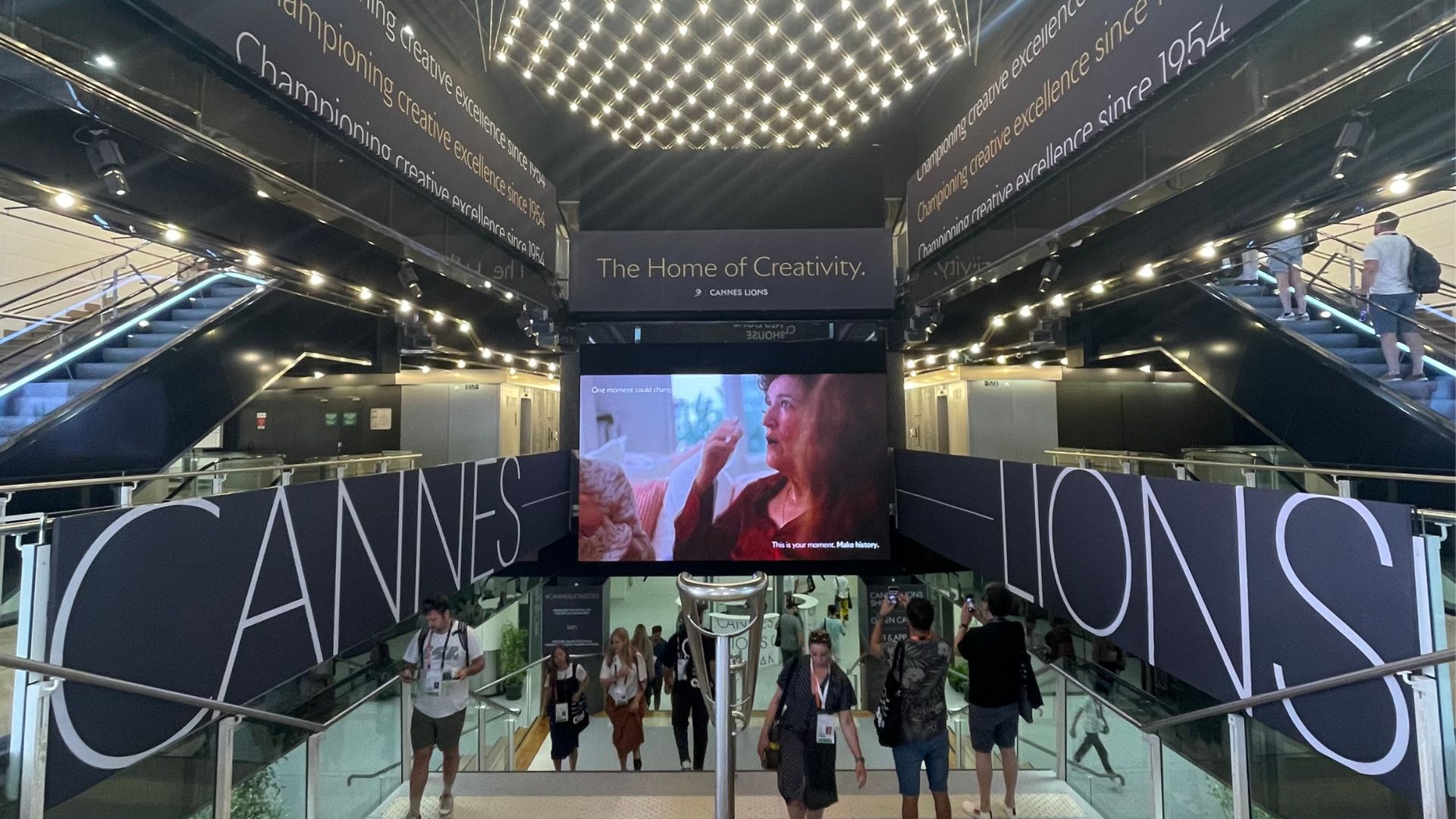As a member of the Cannes Lions 2021 PR Lions jury, I was able to take a close look at some outstanding work that reflects the state of our industry at this strange moment in history. Though I didn’t have the opportunity to travel to Cannes in person, what I learned serving virtually was just as revealing, if not more so.

In some fundamental ways, judging a virtual awards program during a pandemic wasn’t much different from how it’s been done in the past. As you prepare, you anxiously await the initial predictions and tips about which campaigns might make the running in various categories. Then you spend a lot of time reading entries and viewing videos, and you prepare to advocate for your favorites when you come together with your fellow jurors. When you do, there are deep conversations, passionate pleas and ruthless decisions, and you come out the other end with a form of consensus.
Following the postponement of Cannes Lions 2020, this year’s jury had to work through two years’ worth of cases. Whenever we got bogged down in group discussions about whether a case was “earned at the core” or created “meaningful connections in a fragmented world,” our jury president, Gail Heimann, did a great job of repeatedly guiding us back to the set of criteria we had agreed on as jurors before diving into the dialogue. The joy of this discussion was not diminished by being physically apart – I found the conversation about cultural contexts, the peculiarities of local markets and communication cultures, and the various linguistic peculiarities and nuances to be valuable and instructive. It was always enriching and sometimes surprising to see how my own view of the work could change after absorbing and processing the views of my co-jurors. It was a true example of diversity in action.
So what did I learn from my Cannes Lions 2021 experience? Here are some of my key trends and takeaways.
Creativity for creativity’s sake doesn’t work in the communications world, and especially not in PR. Creativity may be an important part of communication, but it must always result from a rigorous effort to stay true to the brand. What might seem like a natural and undeniably creative move for one brand can turn another brand into an inauthentic laughingstock. You can almost always sense which is the case, whether you know the brand well or not.
When judging the PR category, you need to remember you’re assessing the creativity of the communication, not the action being communicated. Today’s best campaigns move far from being creatively packaged lip service, into the realm of committed action. As a jury, we had to ask ourselves again and again: Is it this action or product that’s ingenious, or is it also the communication that goes with it?
Purpose-driven communication took center stage. There was hardly anything in the PR category that didn’t reflect the stakeholder capitalism approach of the three Ps, which include People and Planet in addition to Profit. It was completely clear which companies and brands did their homework and are living their value proposition; purpose-washing stood out very quickly. The best cases always hewed closely to the business model and the brand, and then worked beyond the goosebump moment to go on and trigger real change.
Employee communication is an important white space for brands. There were too few submissions in the Internal Communication & Employee Engagement sub-category that made it onto the shortlist. Given the importance of this area during the pandemic, I had expected significantly more creative approaches. This might have been a result of the advertising-focused heritage of the Lions, which hasn’t traditionally centered this kind of work, but no matter the reason, it presents a big opportunity next year for brands who are putting an innovative focus on this area.
There’s still room for a more creative use of technology in the PR category. I was impressed with two campaigns that used deepfake techniques to convey cause-related, socially relevant messages, but these were exceptions. I had expected much more innovation than I actually saw.
There were key geographical variations in the type of work we reviewed. Throughout the process, I had the impression that work from the U.S. and to some extent also from the Asia-Pacific region were more directly commercial and less charity-focused, while the opposite was true of work from Europe. This could be due to the popularity and brand equity of large, internationally known brands in their home regions and beyond, while the more regionally-oriented European markets tended to use purpose as a hook for creativity and engagement.
Many companies still don’t recognize the broad value of PR. Many of the entries in the PR category are born in advertising and marketing — which is fine, because the target audience doesn’t care which discipline developed the creative insight. But if PR is only awarded a prize because it distributed the campaign press release, it’s a missed opportunity, both for the brand and for us. PR practitioners need to make a stronger case to our clients for the value we can bring at every step of the process, which can lead to richer results for both the campaign itself and the recognition it receives.
Despite the exceptions and oddities of this year’s Lions experience, many of these themes were relevant before the pandemic, and all of them will maintain their urgency well into next year. Here’s to Cannes Lions 2021 being the festival’s last fully virtual outing — and to next year’s judges, who will have the privilege of viewing new work that reflects the next phase of purpose and opportunity for our industry and the brands we serve.



